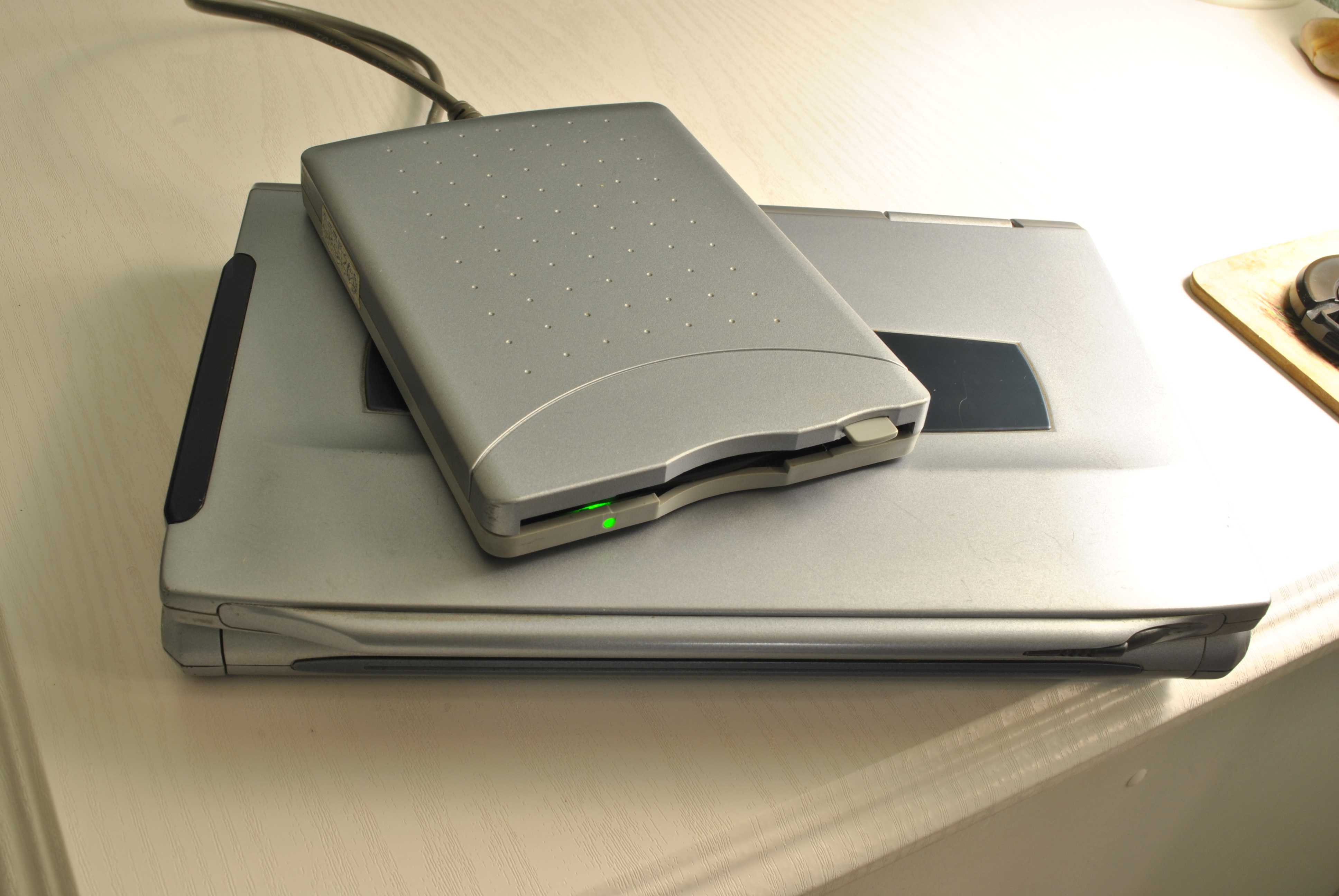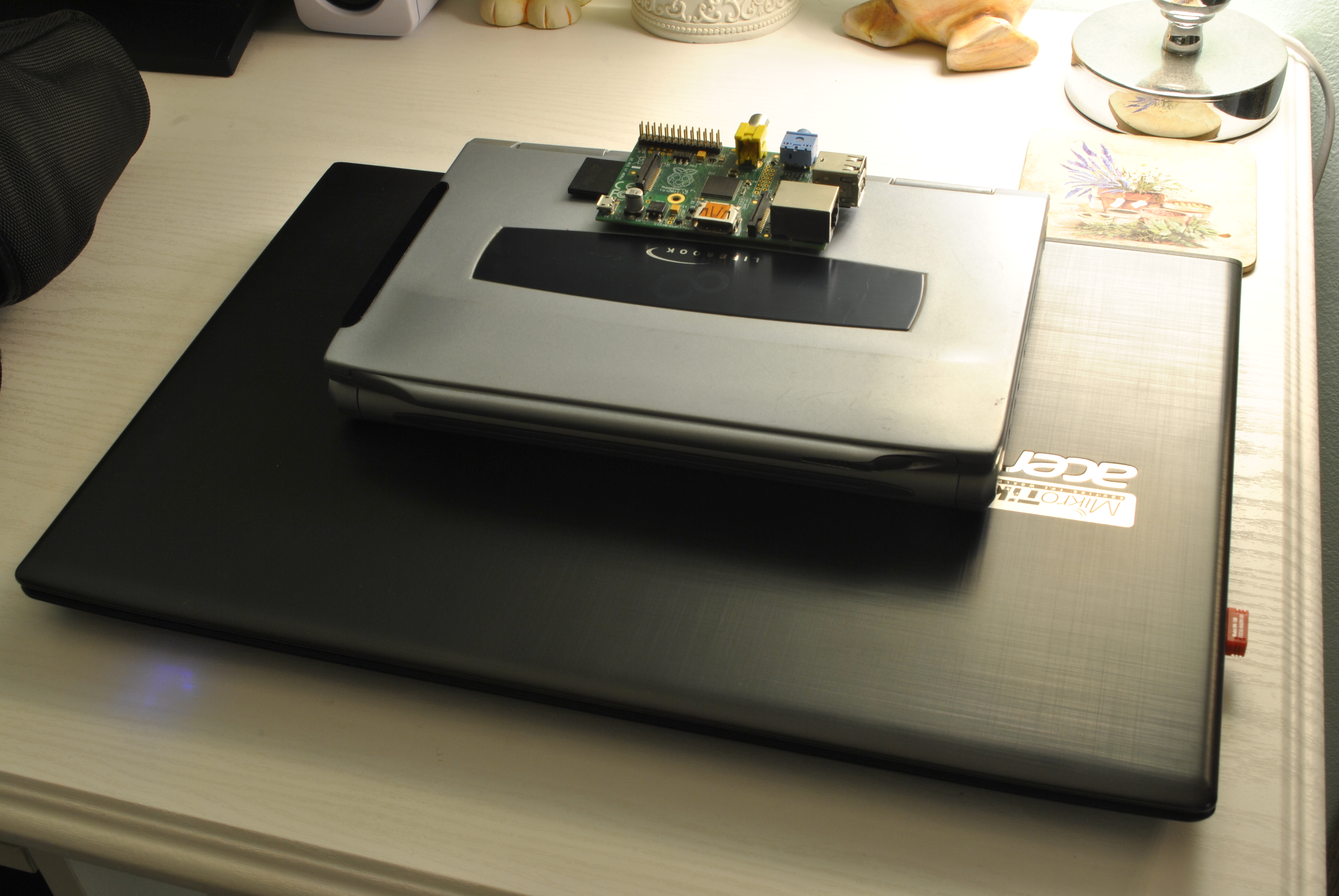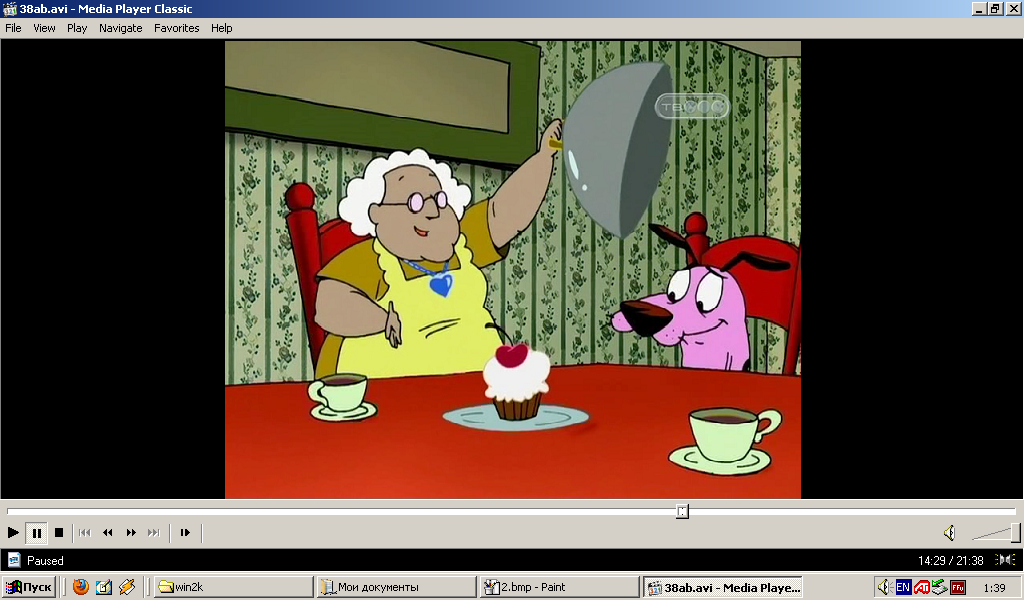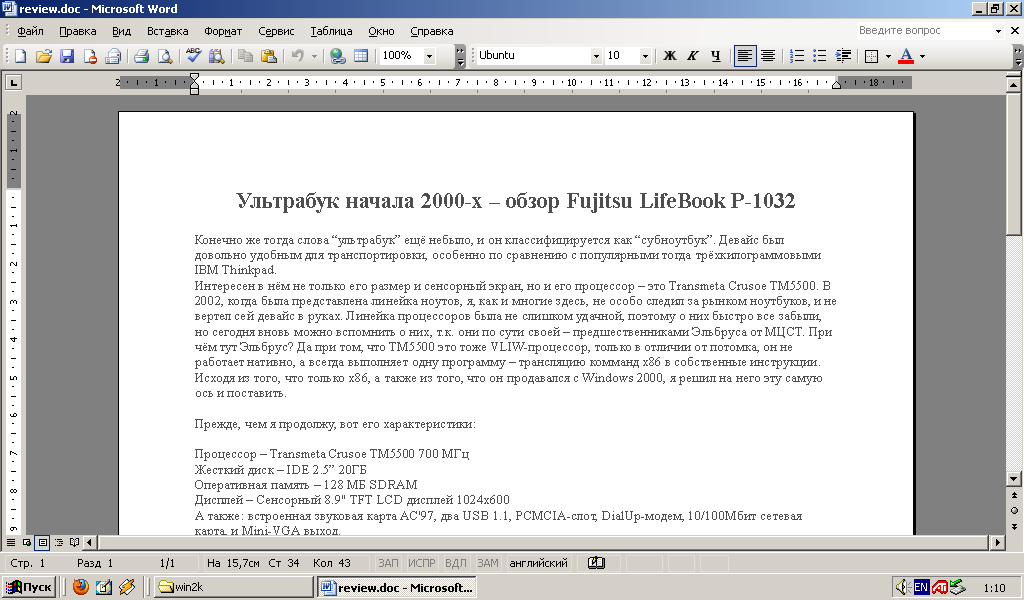Early 2000's Ultrabook - Fujitsu LifeBook P-1032 Review

Of course, the word “ultrabook” was not yet there, and it is classified as a “subnotebook”. The device was quite convenient for transportation, especially compared to the then popular three-kilo IBM Thinkpad.
Not only its size and touch screen are interesting in it, but its processor is the Transmeta Crusoe TM5500. In 2002, when the line of laptops was introduced, I, like many here, did not particularly follow the laptop market, and did not hold this laptop in my hands. The line of processors was not very successful, so everyone quickly forgot about them, but today we can again recall them, since they were essentially the forerunners of Elbrus from the MCST. What does Elbrus have to do with it? Yes, despite the fact that the TM5500 is also a VLIW processor, only unlike the descendant, it does not work natively, but always executes one program — the translation of x86 commands into its own instructions. Based on the fact that it is possible to use only x86, as well as from the fact that it was sold with Windows 2000, I decided to put this very OS on it.
Before I continue, here are its characteristics:
Processor - Transmeta Crusoe TM5500 700 MHz
Hard Drive - IDE 2.5 ”20GB
RAM - 128 MB SDRAM
Display - Touchscreen 8.9" TFT LCD display 1024x600
Also: built-in AC'97 sound card, two USB 1.1, PCMCIA slot, DialUp-modem , 10 / 100Mbps network card, and Mini-VGA output.
Included with the laptop was a USB FDD and floppy disk, which are preserved in excellent working condition. Surprisingly, the battery for 16 years is also well preserved, and the charge lasts about two hours (a stone in the garden of modern devices).


Bottom - up: laptop 15.4 ”, fujitsu lifebook p-1032, raspberry pi
Another handy feature in this laptop, which is very lacking in modern devices - a screen with indicators of battery, charging, disk, kapsloka:

First of all, I tried to download software that works under Win2k, but, as I expected, half an hour later I gave up and downloaded everything I needed from a more modern computer: most sites display adequately, but even with the old browser it is very slow due to lack of memory.
The software is good, but if it doesn't talk about serious work, then the games go in the course. It works quite well for Half-Life, Worms Armageddon, and Age of Empires 2 - everything that I played in 2002. In general, it’s good to be nostalgic for old games!
Also, some synthetic tests in AIDA64: CPU Queen failed the processor, but on the AES CPU it performed better than the Pentium 3. Yes, it’s just a find for a spy:

If a laptop without brakes pulled graphic editors, it would be a pleasure to draw on it. But, despite the characteristics and age of this laptop, I still found him a practical application:



That's all. All good New Year's holidays and interesting pieces of iron!
